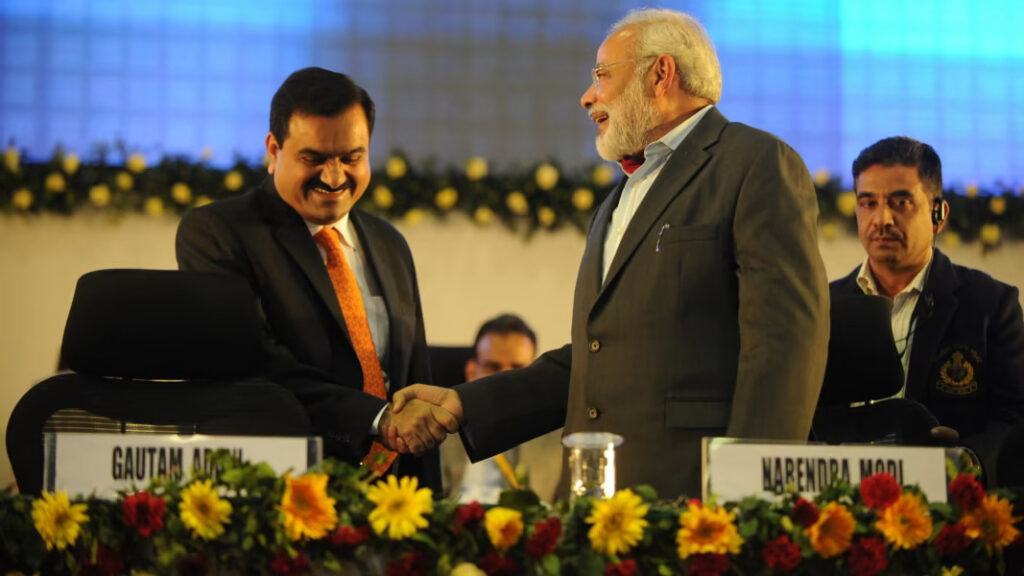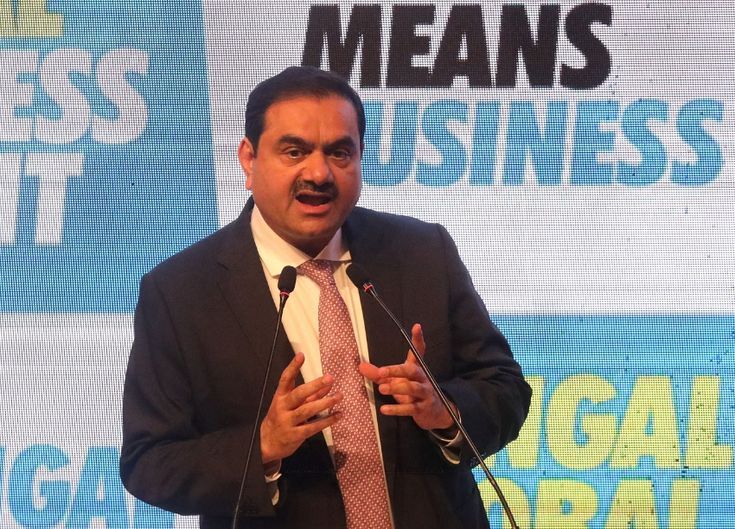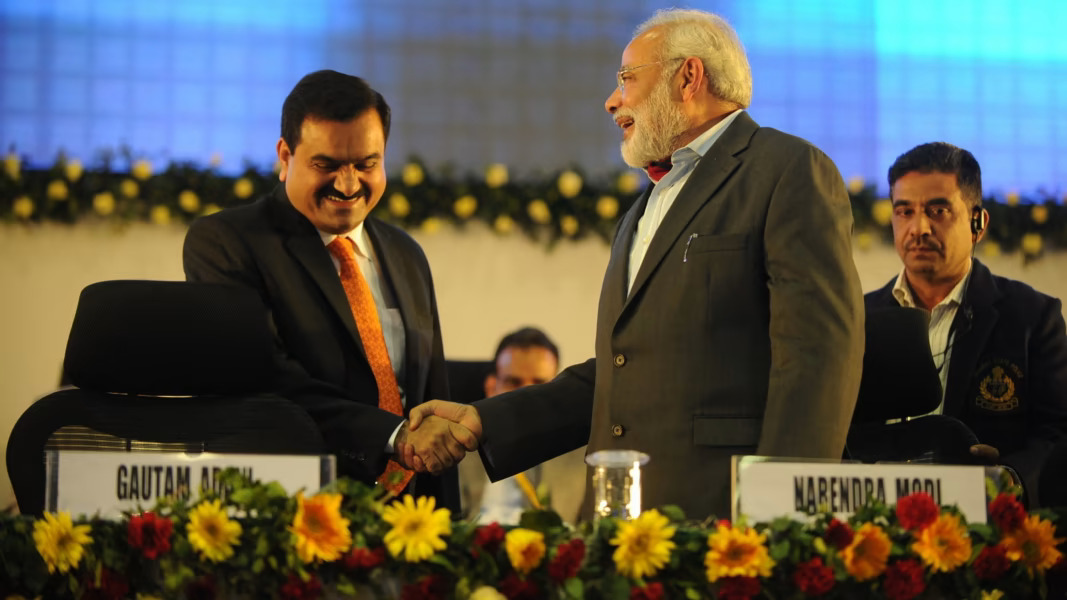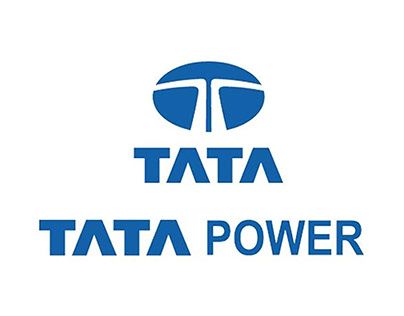In an effort to weaken Prime Minister Narendra Modi’s apparent ironclad hold on power in the run-up to next year’s general elections, Rahul Gandhi of the Congress Party and other opposition leaders have relentlessly brought up allegations that billionaire Gautam Adani has benefited from his close relationship with the PM, which the group vehemently denies.

There is tangible anxiety in India about what will happen next as the Adani Group deals with unwanted scrutiny. The once-modest commodity trader from Ahmedabad has transformed into the greatest infrastructure operator in the nation in just over 25 years, a debt-fueled giant in charge of a stunning array of physical assets both domestically and abroad in Australia, Indonesia, Sri Lanka, and Israel. In an effort to weaken Prime Minister Narendra Modi’s apparent ironclad hold on power in the run-up to next year’s general elections, Rahul Gandhi of the Congress Party and other opposition leaders have relentlessly brought up allegations that billionaire Gautam Adani has benefited from his close relationship with the PM, which the group vehemently denies.
Develop the economy
All that’s happening largely in New Delhi, India’s political capital. The big question in India’s financial capital of Mumbai, however, is more forward-looking. How will the country fill the gaping holes in its infrastructure if the sector — already plagued by chronic low profitability — loses access to much-needed global financing in the aftermath of the Adani scandal? It’s been nearly two months since New York-based Hindenburg Research accused the Indian businessman of “brazen stock manipulation and accounting fraud.” Although the group responded with a 413-page rebuttal, and Florida-based emerging-market investor GQG Partners Inc. bought almost $2 billion of its stock, the market value of Adani firms is still more than $100 billion lower than before the short-sellers report. The Indian Supreme Court has set up a six-member committee to probe the allegations.
With ownership of numerous ports, airports, coal mines, power plants, transmission lines, city-gas networks, solar farms, roadways, and data centers, Adani is a massive asset owner. He entered an opening. The Life Insurance Corporation of India and other domestic organizations are simply not designed to own assets that generate consistent cash flows. The Rent Control Act of 1948 in this country has frightened LIC so much that it has historically preferred to purchase only vacant buildings rather than ones with tenants.
For a life insurer with long-term commitments, toll roads would also be an appropriate asset class because they generate a consistent income stream for up to 30 years. Except that Indian insurance companies are not authorized to make direct investments in particularly created private limited companies, where concessionaires normally house their assets.
Such regulations don’t apply to companies like New York Life Insurance Co., which recently acquired a 49% share in a company that is building a commercial property outside of New Delhi. Entrepreneurs like Adani would have little choice but to focus on developing new ports and airports rather than bloating their balance sheets with pre-existing ones if patient, long-term money played a more active part in the country’s economy. Financial institutions with low costs of capital and long-term charters will emerge as asset owners due to pure competitive logic.
Additionally, diffuse ownership would aid in depoliticizing the industry. Due to its $4 billion stock and debt exposure to Adani, the state-controlled LIC is in the spotlight at a time when other local institutions like mutual funds were mostly ignoring the five-year, 2,500% surge in the group’s flagship company. If the insurer supported actual cash-generating assets, both at the project level and when they are bundled together into investment trusts, as rent-earning bouquets, there would be significantly fewer questions about its behavior.
Entrepreneurial grit is required for project execution. Strong balance sheets are necessary for asset ownership. Political will is essential for separating the two. It would be necessary to drastically alter the historically intimate relationship between India’s large business and the government, which was made worse by the ambiguous electoral bonds that Modi’s party created in 2018. The next stage might be to lay the foundation for an alternative-asset business if politicians manage to make a clean split (despite the fact that it goes against their own interests).

Leading financiers from Mumbai like Rashesh Shah and Srini Srinivasan are already doing this. An alternative asset manager with $8.8 billion in assets under management across real estate funds, private equity, private credit, infrastructure, and data centers is Kotak Investment Advisors, which Srinivasan helped found. Kotak Investment Advisors was founded by Srinivasan, a former investment banker with Goldman Sachs Group Inc.’s now-terminated joint venture with Kotak Mahindra Bank. Shah’s Edelweiss Financial Services Ltd. has invested over $1 billion in equity across distressed and alternative assets, insurance, mutual funds, nonbank lending, and wealth management. In 2020, Edelweiss sold a large portion of its wealth unit to Hong Kong’s PAG, and as a result, it is now a small investment firm with only 48 workers.
The objective for Srinivasan and Shah is to put together sizable, patient pools of capital where investors will share the risk. This is a much superior method for financing long-term assets than utilizing bank deposits that will mature in a few years, or even using mutual fund money that may be withdrawn at any time. India has recently experienced both’s catastrophic effects.
Foreign capital is in charge because there isn’t the correct kind of domestic capital. PSP Investments, the Canada Pension Plan Investment Board, and the Caisse de dépôt et placement du Québec have aggressively taken advantage of high-yielding investment possibilities. Indian retirees from Canada are depending on it for a better retirement.
Workers in the fifth-largest economy in the world may have to put up with subpar infrastructure for a generation because the organizations to which they pay insurance premiums and provident funds aren’t ready to become asset owners. Srinivasan recently told me in Mumbai, “Once all the risk of building an asset is in the rear-view mirror and cash generation starts, we happily enable retirees in the West to collect annuity incomes on the tolls we pay.”
India’s 1.4 billion people have only ever known two options when it comes to infrastructure: either the resource-starved government will under-supply, or the private business owner will overpay. The idea that financial institutions can use a person’s own future riches to improve her life at a reasonable cost has not yet gained traction. And that’s the major factor behind the nation’s tangled web of intrigue in terms of infrastructure.



